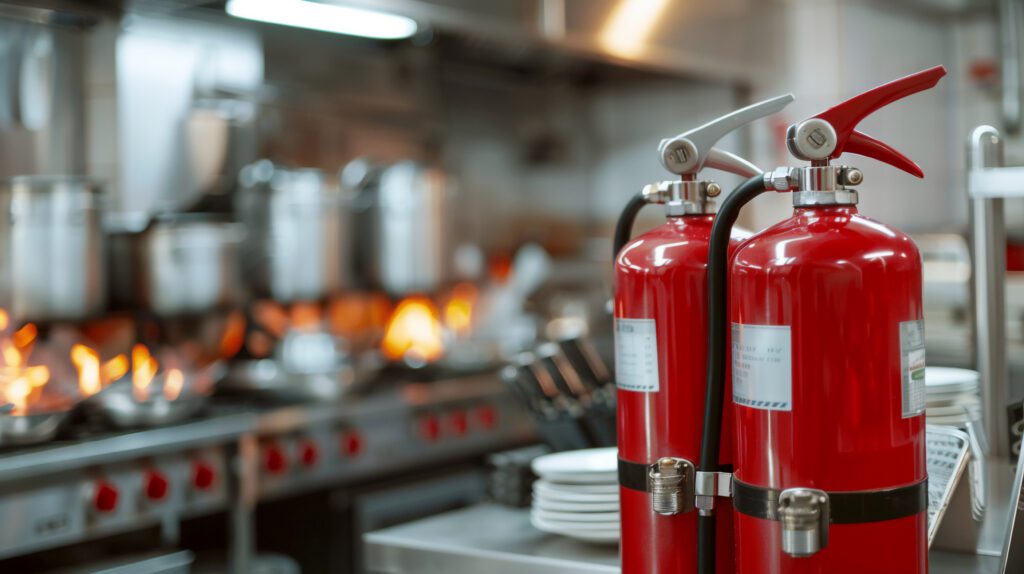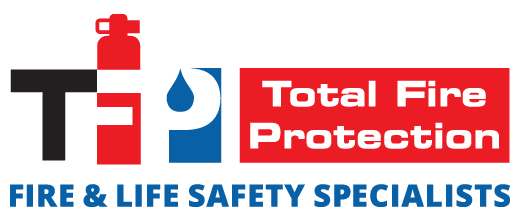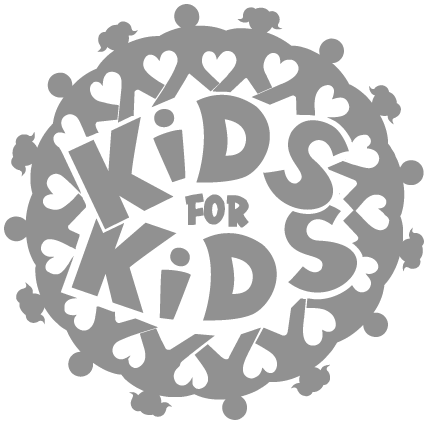Maintaining a clean and safe kitchen environment is critical for any restaurant. Regular inspections and cleaning of kitchen hoods and ducts not only comply with health and safety regulations but also prevent fire hazards and ensure efficient operation. This visual inspection checklist will guide you through identifying signs that your kitchen’s ventilation system needs professional cleaning.
Importance of Regular Inspection, Maintenance, and Cleaning
Regular inspections are a cornerstone of kitchen safety and operational efficiency. They help identify potential issues before they escalate into serious problems, ensuring that the environment is safe for both employees and patrons. Moreover, maintaining your system can significantly extend its lifespan and improve its effectiveness.




What to Look Out For
During inspections, several indicators may signal the need for a thorough cleaning:
- Grease Buildup: This is the most common and hazardous issue, as excessive grease can ignite and cause fires.
- Persistent Odors: If odors persist even after cleaning, it could indicate deeply embedded grease or other blockages.
- Slow Fan: If the exhaust fan is running slower than usual, it may be straining against grease or blockage.
- Reduced Air Flow: Any reduction in air flow efficiency could point to blockages in the ductwork.
- Discoloration/Stains: Stains or discoloration on surfaces near the hood can be signs of smoke or grease leakage.
- Frequent Alarm Triggers: If smoke alarms or fire suppression systems activate frequently without apparent cause, it’s a sign of potential system failure or obstruction.
- Dust/Debris: Visible dust or debris in and around the ducts indicates insufficient cleaning and maintenance.
- Unusual Noises: Any strange noises from the hood or ductwork could suggest mechanical issues or blockages.
Visual Inspection Checklist
To effectively assess the condition of your kitchen’s ventilation system, follow these steps:
- Visually examine the system’s overall condition and cleanliness.
- Check for a specialty label indicating the last professional cleaning date.
- Inspect for excessive grease buildup inside the hood and ducts.
- Ensure that filters are correctly installed and not missing.
- Look for any physical damage to the hood, ducts, or associated equipment.
- Operate the lights and fan to check their functionality.
- Evaluate the external condition of the hood unit, including any signs of wear or damage.
- Assess the condition of electrical connections and wiring for safety hazards.
- Confirm the exterior of the system is clean and free of grease or debris.



Next Steps
If your inspection reveals any of the above issues, it’s crucial to schedule professional cleaning services immediately. Total Fire Protection offers comprehensive hood and duct cleaning services that not only ensure compliance with all safety standards but also improve your system’s efficiency and safety.
Staying proactive with regular inspections and maintenance of your kitchen hood and ducts is essential for safety, compliance, and efficiency. Use this checklist as a guide to keep your kitchen environment clean, safe, and operational.




